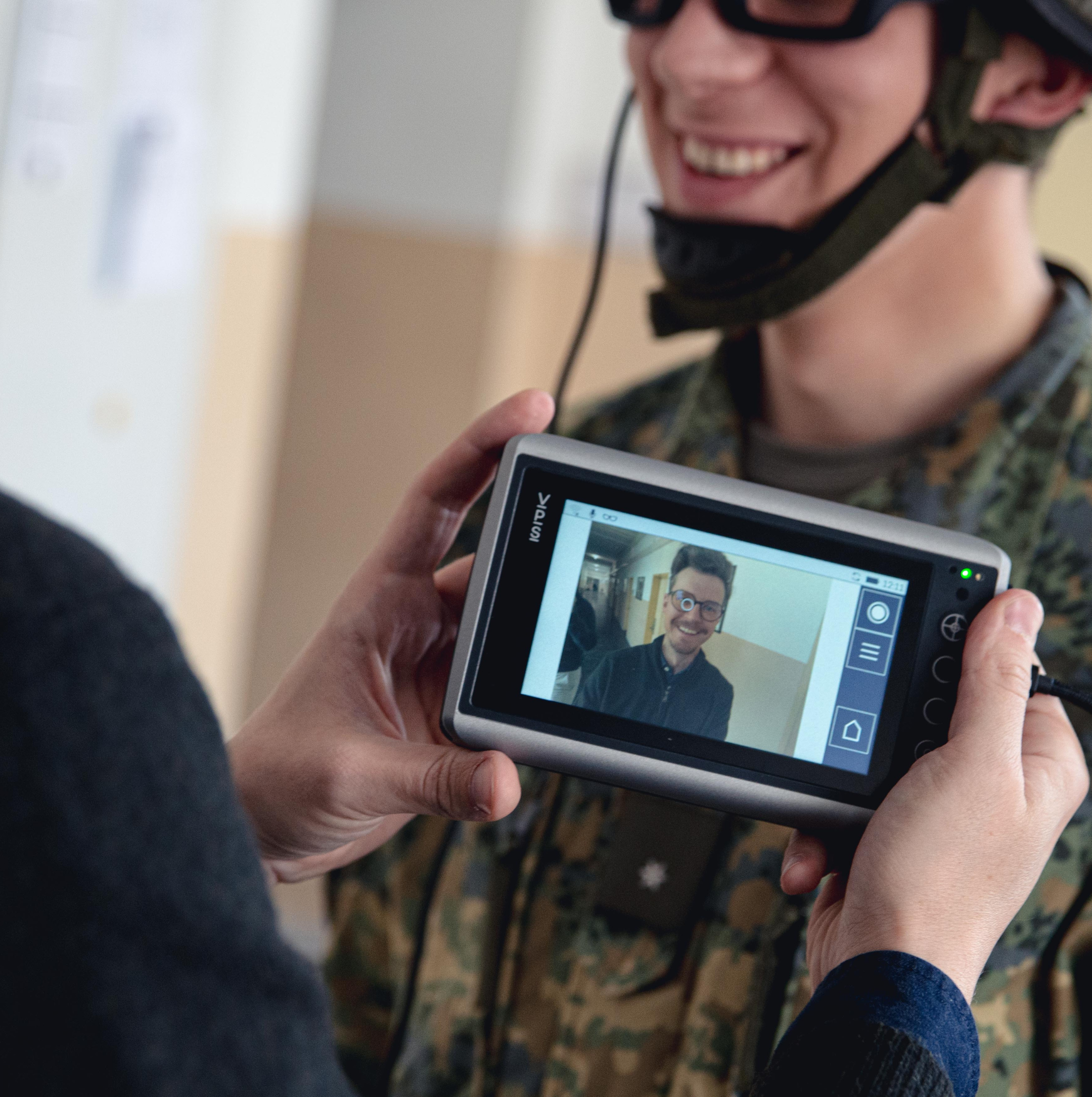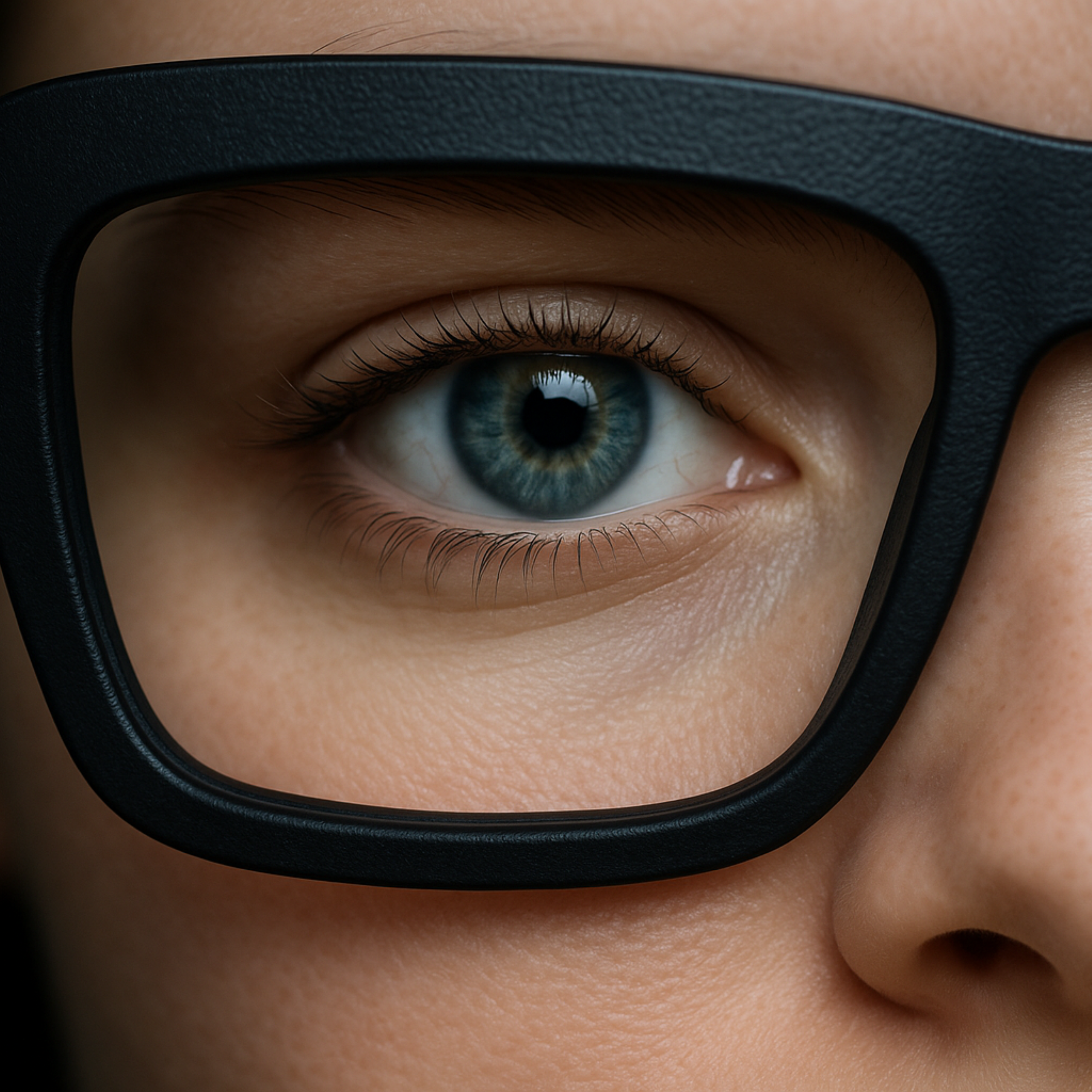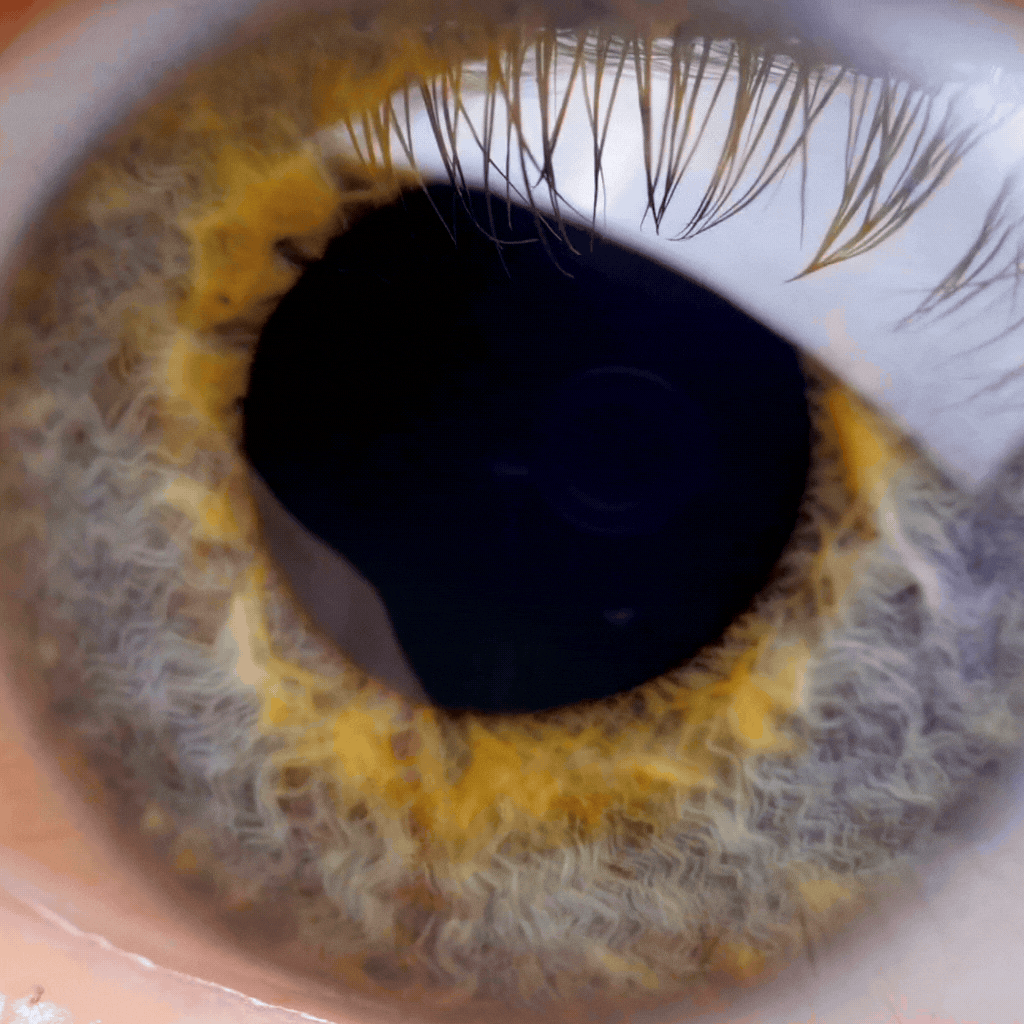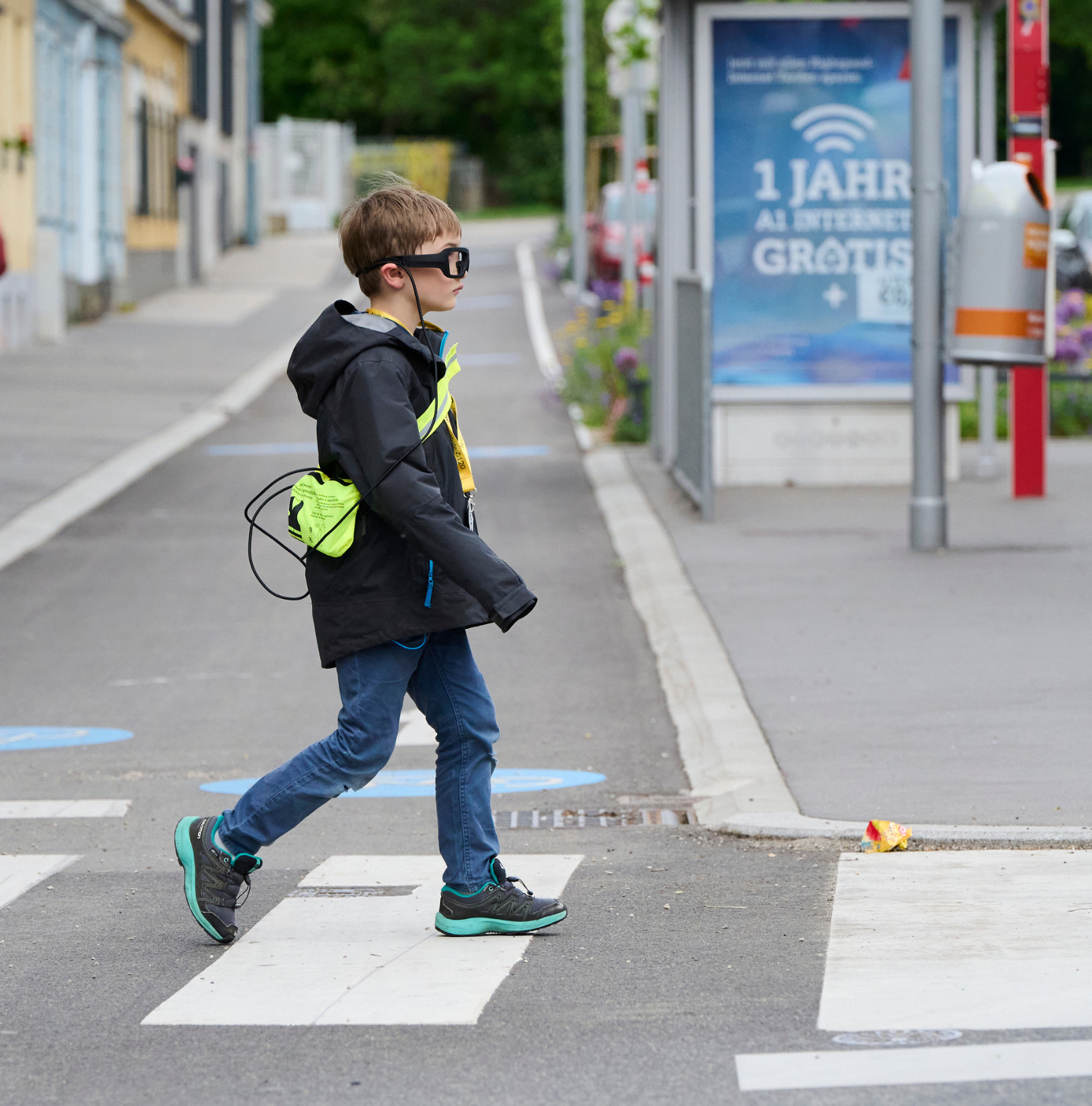
By Jana Riethausen
What comes after Moore? This question is on the minds of researchers and technology companies alike. Since the dawn of the computer age, Moore’s Law, named after the chemist, physicist and Intel co-founder Gordon Moore, has described in impressive detail how the number of components integrated into a chip doubles every one to two years. For fifty years, computer chips have been getting smaller, cheaper and more powerful. Now, however, we are slowly but surely reaching hard physical limits to the necessary miniaturization of components.
But nature has the perfect solution for greater efficiency: the brain. Over millions of years of evolution, it has developed enormous efficiency. In everyday life, the brain uses as little as 25 watts to perform tasks that would be hopelessly overwhelming for any AI system. Unlike conventional computers, the brain is extremely adaptable, able to learn and intuitively navigate an unpredictable environment.
The brain as a blueprint
The human brain is the model for neuromorphic chips. They have highly interconnected artificial neurons and synapses that store and process information simultaneously, just like the neurons and synapses in the human brain. This makes neuromorphic chips not only faster, but also very energy-efficient, just like our brain.
One of the approaches being pursued in the NimbleAI project is event-based cameras. These are dynamic vision sensors that do not continuously scan and transmit all pixels and thus transmit a lot of data, but instead only transmit when there are changes on the image being captured. This is very close to the natural selection of the human eye-brain system.
“The idea is to recognize what has changed from the last image to the next,” explains Frank Linsenmeier, CTO of Viewpointsystem. “Only data that has changed from the previous state enters the calculation – similar to our brain, which tends to perceive changes and fades out the unchanging environment around it. That’s what makes the technology so energy efficient.”
Benefits for the industry
Neuromorphic chips have the potential to significantly advance future technologies such as augmented reality or mobile artificial intelligence, for example in autonomous vehicles. Through the ability of neuromorphic chips to perform highly complex computer vision algorithms (e.g. for object recognition and tracking) with low energy consumption in a minimum of space, they can make these technologies more user-friendly, compact and safe.
In the smart factory, neuromorphic chips could be used to optimize robot movements and workflows. With their ability to recognize patterns and correlations, they can quickly analyze vast amounts of data from image and speech recognition, and extract relevant information.
“From simple sensors for motion detection to smart glasses and highly complex automotive applications, there are thousands of possible applications in the industrial sector,” explains Frank Linsenmaier.
In the field of medicine, neuromorphic chips could be integrated into handheld devices, enabling on-the-spot analysis and faster diagnoses due to their ability to perform information-efficient data processing. The portability and energy efficiency of neuromorphic chips make them particularly valuable in resource-constrained environments, such as developing countries or remote areas with limited access to medical infrastructure.

Neuromorphic Chips as a Gamechanger: the Research Project “NimbleAI”
The EU research project “NimbleAI” will develop a new type of neuromorphic computer chip over the next 3 years. In addition to Viewpointsystem, 18 other companies and research institutions from eight EU countries are involved in the project. The partners in the NimbleAI project have one goal in mind: to improve energy efficiency a hundredfold compared to conventional chips. At the same time, latency – the time it takes for chip components to communicate with each other – is to be reduced by a factor of fifty.

Viewpointsystem’s use case focuses on the development of energy-efficient, high-performance eye tracking sensors for augmented and virtual reality applications and corresponding devices. As AR and VR become more prevalent, eye tracking will be critical for a safe and enjoyable immersive experience, enabling dynamic rendering, intuitive human-machine interaction, health monitoring, and other functions.
NimbleAI has received €10 million in funding from the EU’s Horizon Europe Research and Innovation programme, and by the UK Research and Innovation (UKRI) under the UK government’s Horizon Europe funding guarantee. The project is part of the EU’s initiatives for European independence and security of supply in semiconductors.
Read more: https://www.nimbleai.eu/





